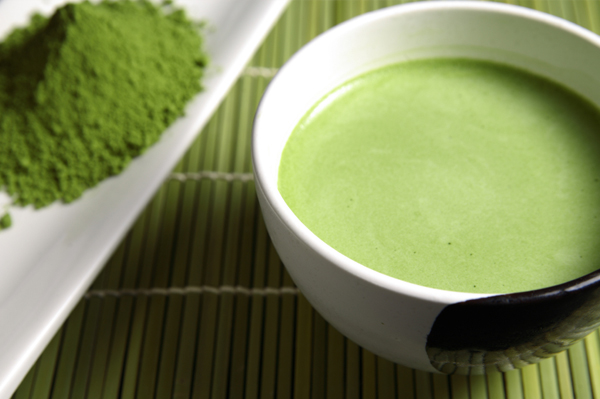Are you looking for a delicious and nutritious way to boost your energy levels and improve your overall health? Look no further than healthy matcha! This green tea powder has been used for centuries in traditional Japanese tea ceremonies and is packed with antioxidants and other beneficial compounds that can support your well-being. In this article, we will explore the many benefits of incorporating healthy matcha into your daily routine.
What is Healthy Matcha?
Healthy matcha is a type of green tea that is made by grinding specially grown and processed green tea leaves into a fine powder. Unlike traditional green tea, where the leaves are steeped in hot water and then discarded, matcha powder is whisked into water or milk, allowing you to consume the entire leaf and all of its nutrients. This means that you get a concentrated dose of antioxidants, vitamins, and minerals with every sip.
Matcha green tea benefits

1. Rich in Antioxidants
Healthy matcha is loaded with powerful antioxidants, such as catechins, which can help protect your cells from damage caused by free radicals. These antioxidants have been linked to a reduced risk of chronic diseases, such as heart disease and cancer, making matcha a valuable addition to a healthy diet.
2. Boosts Energy Levels
Thanks to its unique combination of caffeine and amino acids, healthy matcha can provide a sustained energy boost without the jitters or crash often associated with coffee. The caffeine in matcha is released slowly into your bloodstream, giving you a gentle pick-me-up that can last for hours.
3. Supports Weight Loss
Drinking healthy matcha may help support weight loss efforts by boosting your metabolism and helping your body burn fat more efficiently. Additionally, matcha is low in calories and sugar, making it a great alternative to sugary drinks or snacks.
4. Enhances Mental Focus
The combination of caffeine and L-theanine in healthy matcha can help improve your concentration, focus, and cognitive function. L-theanine is an amino acid that promotes relaxation without drowsiness, creating a state of alert calmness that can help you tackle your day with clarity and ease.
5. Promotes Healthy Skin
The antioxidants in healthy matcha can help protect your skin from damage caused by UV radiation and other environmental stressors. Drinking matcha regularly may help reduce inflammation, acne, and signs of aging, leaving you with a glowing complexion.
How to Enjoy Healthy Matcha
There are many ways to incorporate healthy matcha into your daily routine. You can enjoy it as a traditional hot tea by whisking the powder into hot water, or you can get creative and use it in smoothies, baked goods, or even savory dishes. Experiment with different recipes and find the perfect matcha-infused treat that suits your taste buds.
In conclusion, healthy matcha is a versatile and nutritious superfood that can benefit your overall health and well-being. By adding matcha to your diet, you can experience increased energy levels, improved focus, and a boost to your antioxidant intake. So why not give healthy matcha a try today and see the positive impact it can have on your life?
Shop Amazon for Matcha green tea.

A teahouse opened up near me, and I’ve sampled matcha tea and their matcha cookies. It is good, but I haven’t actually bought any yet. It is good and nice to know it is good for you, I must get some!